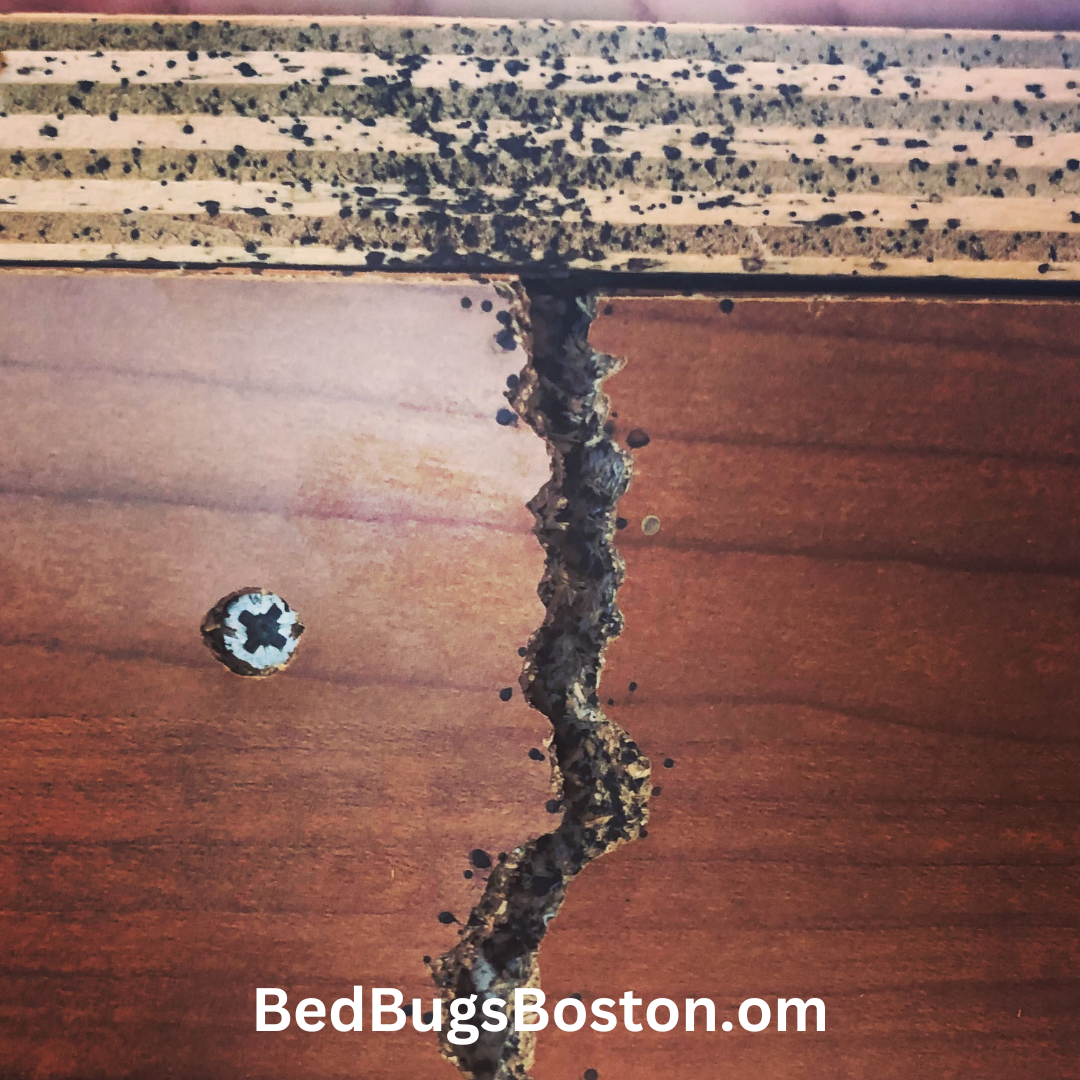7 Signs You Probably Have Bed Bugs: A Guide for Boston Residents
Bed bugs are small, parasitic insects that can cause distressing infestations in homes and establishments. Boston, known for its bustling city life and rich history, is not exempt from these unwelcome guests. If you suspect a bed bug problem in your Boston residence, it’s essential to recognize the signs early on. In this article, we will explore seven telltale signs that indicate you probably have bed bugs in your Boston home.
- Unexplained Bites and Itchy Skin:
One of the most common signs of a bed bug infestation is waking up with unexplained bites on your skin. Bed bug bites typically appear in small clusters or straight lines on exposed areas such as the arms, legs, neck, or face. These bites can cause intense itching, redness, and irritation, leading to disturbed sleep patterns.
- Rusty or Dark Stains on Sheets and Mattresses:
Inspect your bedsheets, pillowcases, and mattresses for any rusty or dark stains. These stains may be a result of bed bug excrement or crushed bed bugs. Bed bug excrement often resembles tiny black dots or smears on fabric surfaces. If you notice these stains, it’s a strong indication of bed bug activity.
- Musty Odor in the Bedroom:
Bed bugs release pheromones, which emit a distinct, musty odor. If you detect an unusual smell in your bedroom that resembles rotting raspberries or almonds, it could be a sign of a bed bug infestation. The odor is often more noticeable in severe infestations.
- Presence of Live Bed Bugs:
Inspect your bedding, mattress seams, box springs, and furniture for live bed bugs. These pests are small, about the size of an apple seed, with a reddish-brown color. During the day, they hide in crevices and cracks, making them challenging to spot. Look for live bed bugs in the folds of your sheets or mattress seams, and also check upholstered furniture.
- Shed Exoskeletons and Egg Casings:
As bed bugs grow, they shed their exoskeletons, leaving behind tiny, translucent shells. These exoskeletons can be found near their hiding spots, such as mattress seams, headboards, or baseboards. Additionally, keep an eye out for small, oval-shaped egg casings (around 1mm in size) in these areas. The presence of these remnants indicates an active bed bug infestation.
- Blood Stains on Clothing or Walls:
Bed bugs are nocturnal feeders, primarily feeding on human blood. If you notice small bloodstains on your sheets, pajamas, or even walls near your bed, it suggests that bed bugs have been feeding and may have been accidentally crushed during the process.
- Visible Fecal Smears on Walls or Furniture:
Bed bug fecal matter appears as dark, ink-like smears on walls, furniture, or other surfaces. These smears are a result of bed bugs digesting blood and are often found near their hiding places. Use a damp cloth to test if the smears smear, as they are water-soluble.
Conclusion:
Recognizing the signs of a bed bug infestation in your Boston home is crucial for taking immediate action. If you notice any of these seven signs – unexplained bites, stains on sheets, musty odor, live bed bugs, shed exoskeletons, blood stains, or fecal smears – it’s time to address the issue promptly.
Seeking professional assistance from a licensed pest control company experienced in bed bug extermination is recommended to effectively eliminate these resilient pests and prevent further infestation.
Remember, early detection and intervention are key to minimizing the impact of bed bugs and restoring comfort and peace of mind in your Boston residence.

